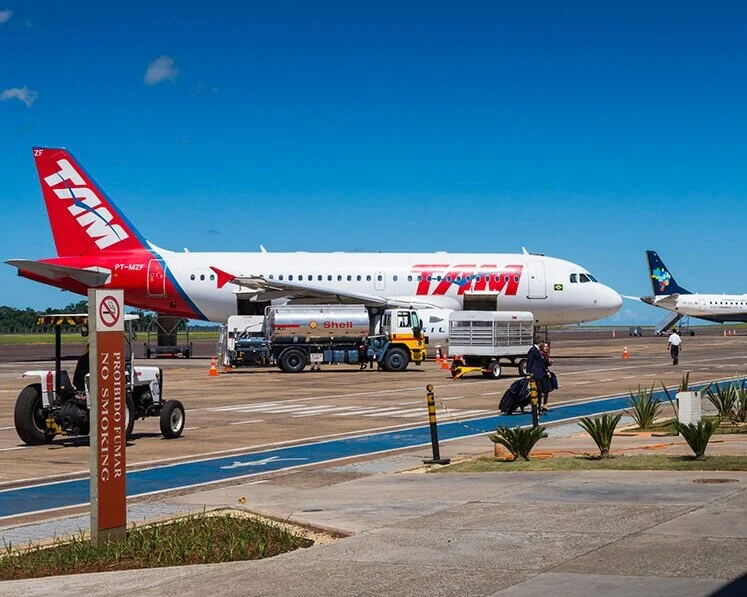Meet Spot, the $74,500 Robot Dog
/WALTHAM, United States - A new robot the size and shape of a medium-sized dog is now for sale to the general public. It goes by the name “Spot.” Boston Dynamics, the company behind Spot, explains that the robot is “designed to go where other robots can’t go and to perform a broad number of tasks. The robot can be reconfigured for various use cases to increase efficiency and greatly reduce safety risks in the workplace.” It can be controlled by a remote control or programmed to behave autonomously. As of June 16th, 2020, the advanced robot is on sale to the general public with a sticker price of $74,500.
Should you be scared that this robot is going to take your job? Probably not -- at least not yet. Spot is not a general-purpose artificially intelligent robot instead it behaves more as a foundational layer that requires configuration and monitoring. Its creators call it a “modular platform...intended to be easily-configurable…[with] accessories and add-ons available to customize its use.” However, Spot has already made successful appearances at the workplace according to some case-studies shared by Boston Dynamics.
One such appearance is on a construction site run by the firm Pomerleau. They are using Spot to photograph the construction site, and anticipate that the new robot will “...free-up the typically assigned employee’s time by approximately 20 [hours].” Spot is also being tested for agricultural work by the firm Robos. These farmers are testing if they can use Spot to herd sheep, so maybe canines should be more alarmed about losing their jobs than us humans are right now.
One surprising area where Spot is making headway is in entertainment. A video of the robot performing a choreographed routine to the song “Uptown Funk” by Bruno Mars [5] has nearly seven million views. Adam Savage, famous from his role on the television hit “MythBusters,” has featured Spot in multiple of his own videos. Savage has used the robot to pull himself in a custom-built Rickshaw carriage in one video, and in others explains the functionality of the machine. Savage’s content featuring the robot has netted him millions of views on his monetized videos.
Spot’s “autowalk” technology is what enables it to seemingly operate on its own, and is featured in one of Savage’s videos where he has the robot scaling stairs while following pre-recorded instructions. If the user programs a route that Spot should travel frequently, it can repeat the path while navigating obstacles. This means that you could place an object in the predefined path and Spot will be able to walk around it and complete its route without user-input. Reading this may make you alarmed if you work as a runner at a restaurant as it would be able to navigate the restaurant from table to table on its own. It may be early for concern however as Spot has no way of picking up, holding, or gently placing an object onto a table. This means that the restaurant would need to shell out tens of thousands of dollars more before even having a demo version.
What other roles will Spot take on you may be asking? IEEE.org suggests a litany of possible practical applications including “performing remote data collection and light manipulation in construction sites; monitoring sensors and infrastructure at oil and gas sites; and carrying out dangerous missions such as bomb disposal and hazmat inspections. There are also other promising areas such as security, package delivery, and even entertainment.” Until these suggestions are implemented and documented in case studies it is unclear how many of these ideas will come to fruition. If you would like to see the robot in action, Boston Dyanmic’s website contains detailed technical information and multiple videos showcasing its impressive abilities.
RELATED ARTICLES
You Can Now Buy Spot the Robot Dog—If You’ve Got $74,500 (wired.com)
This $75,000 Boston Dynamics robot ‘dog’ is for sale—take a look (cnbc.com)
Boston Dynamics' robot dog is now on sale for $74,500 (cnn.com)
Boston Dynamics' lifelike Spot robot is now on sale for $75,000. See what it can do here. (businessinsider.com)















